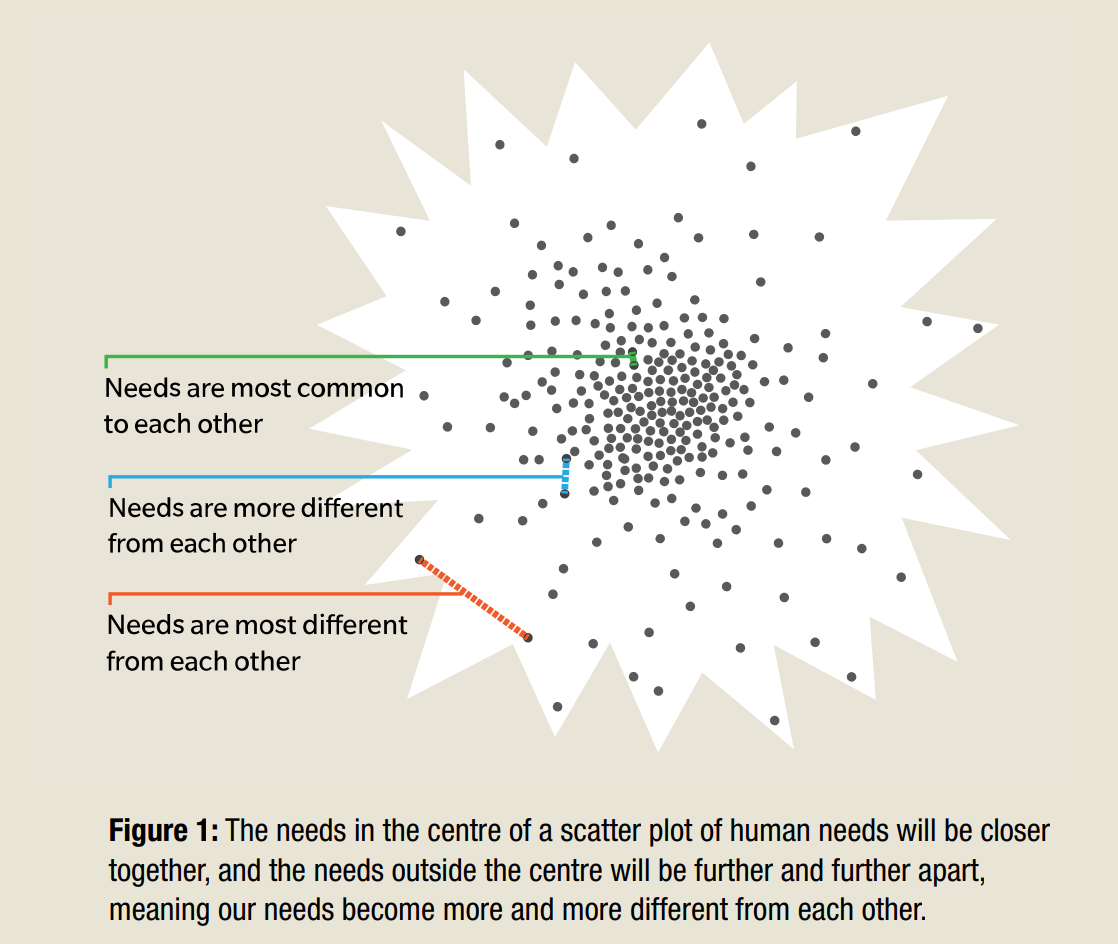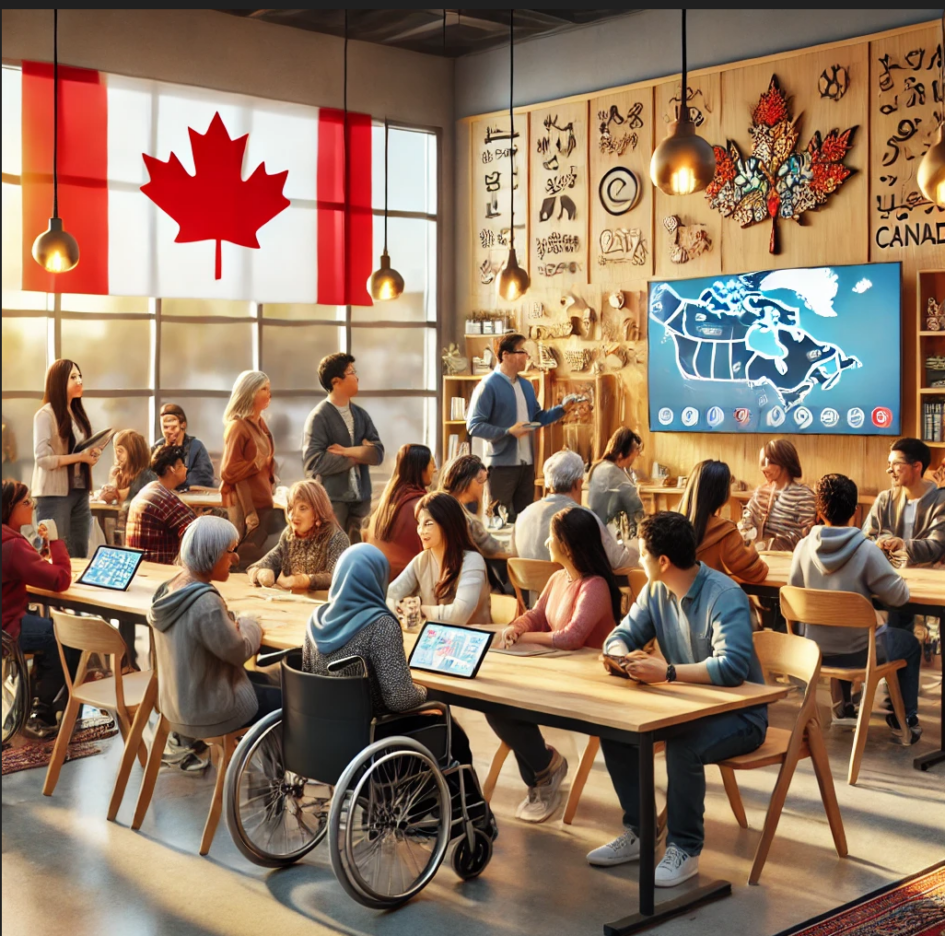What is Inclusive Design for Learning?
In thinking about frameworks that could be used for my 569-572 project, an article my partner found about Inclusive Design for Learning caught my attention. This was my first time coming across the framework.
Inclusive Design for Learning is an approach that looks at creating a learning environment and experiences that are effective and engaging for all learners regardless of backgrounds, abilities, and learning strengths. It aims to remove barriers to learning and ensure students with both disabilities and cultural differences can participate and achieve success.
“The goal of Inclusive Design for Learning (IDfL) is to support diversity and variability by co-creating “one-size-fits-one” learning experiences within an integrated learning environment. Inclusive Design for Learning leverages the global open education community to co-create and share learning options to meet the full spectrum of student needs.”
(Watkins et al. 2020)

Figure 1 image from Watkins et al. 2020
Three facets of Inclusive Design from the inclusive design research center website include:
- It recognizes diversity and uniqueness – the needs of individuals at the margins (figure 1) become more diverse, a one-size-fits-one configuration can help to recognize the importance of learner self-determination and self-knowledge
- Process and tools are also inclusive – the design process is guided by the diverse individuals and should be as accessible and useable as possible; as the context continues to change so do the designs
- Broader impact – the goal is a cycle of inclusion, designers consider the deeper ‘nested’ and long term impacts of design
How does it differ from Universal Design for Learning?
From what I can tell so far, and in a nutshell, UDL is a broader approach that aims to include all learners by providing flexibility in learning environments and materials from the start. It is a one-size-fits-all approach. Inclusive Design goes a step further and tailors learning to individual students’ needs, focusing on specific groups such as students with disabilities or other marginalized groups such as newcomer English language learners. “It is ongoing to respond to the complex, changing context of education.” (Watkins et al. 2020) It is a one-size-fits-one approach, co-created by the learner.
How can this help Adult EAL learners? Some Initial Thoughts on how Inclusive Design can assist by tailoring….
- Connecting with Culture – multicultural perspectives can be used to make materials more relatable and meaningful to each culture
- Accessibility of Language – multimodality can provide accessibility through visual, auditory, written forms depending on the area of strength of the student
- Flexibility – learners can progress and review at their own pace, material can be scaffolded and revisited
- Assessment – move to accommodate EALs strengths in allowing them to demonstrate their skills in more formats beyond the written test
- Technology – digital literacy levels can be accommodated depending on where students are with tech experience
- Empowerment – building learner confidence by connecting to individual students’ voices and identities, past individual lived experiences
I think I still need to read more about Inclusive Design to differentiate the difference from UDL, but the idea of really tailoring to each individual or unique group and openly sharing resources for this really interests me when thinking of my EAL learners.

Recent Comments